The Evolution of the NFT Market
The NFT market has undergone significant changes since its explosive rise in 2021-2022. The market was initially driven by hype and speculation. It has matured as artists and collectors explore sustainable, long-term applications of blockchain technology. Blockchain is now being used to track art provenance, ensure authenticity, and automate royalty payments for creators. This shift marks a move away from short-term profits toward more meaningful uses of NFTs in the art world. By focusing on transparency and fairness, blockchain offers tools that could redefine how art is valued and traded.
Democratizing Access to Art Through Blockchain
Blockchain-based platforms have opened new doors for emerging artists. They enable them to bypass traditional gatekeepers like galleries and auction houses. These platforms allow artists to connect directly with buyers. Artists can also engage with fans. This reduces reliance on intermediaries who often take a significant share of profits. By leveraging blockchain, artists can gain greater control over their work and earnings while reaching global audiences. This democratization of access empowers creators who previously struggled to break into the competitive art industry. It fosters a more inclusive creative ecosystem.
Addressing Environmental Concerns Around NFTs
Despite their potential, NFTs face criticism for their environmental impact. The energy-intensive processes required for minting and trading NFTs, particularly on proof-of-work blockchains, have raised concerns about sustainability. In response, many platforms are transitioning to more eco-friendly solutions, such as proof-of-stake blockchains, which consume significantly less energy. While these efforts aim to mitigate environmental harm, critics argue that more must be done. They believe that technology must align with broader sustainability goals. Balancing innovation with ecological responsibility remains a key challenge for the future of NFTs.

Market Speculation and Artistic Value
Another major criticism of NFTs is their association with market speculation, where profit often takes precedence over artistic value. High-profile sales and volatile price fluctuations have led some to question the true benefits of NFTs for artists. Some believe that NFTs simply cater to investors seeking quick returns. Critics argue that this focus on financial gain undermines the intrinsic value of art. However, proponents believe that blockchain can create a more equitable system by ensuring artists receive royalties from secondary sales. Balancing commercial appeal and artistic integrity is crucial. This balance is essential for the continued growth of NFTs in the arts.
Blockchain’s Role in Provenance and Authenticity
Blockchain has promising applications in the art world. It can effectively track provenance and verify authenticity. For centuries, the art market has grappled with issues of forgery and lack of transparency. Blockchain addresses these challenges by creating immutable records of ownership and transaction history. This not only protects collectors from fraud but also ensures that artists receive proper recognition for their work. As the technology evolves, it could become an indispensable tool for preserving the integrity of the art market.
The Future of NFTs and Blockchain in the Arts
The future of NFTs and blockchain in the arts is poised for continued innovation and adaptation. As the market matures, artists will likely explore new ways to integrate these technologies into creative practices. Collectors are likely to find innovative business models. Efforts to address environmental concerns and speculative tendencies will play a critical role in shaping public perception and adoption. By prioritizing transparency, blockchain can revolutionize the art world. By ensuring sustainability and artistic value, art becomes more accessible, equitable, and resilient. The decisions made today will determine whether NFTs remain a fleeting trend or a transformative force in the arts.
NFTs and Blockchain Reshaping the Art World
NFTs and blockchain technology are transforming the art world. They offer new ways to track ownership.
They ensure authenticity. They also automate royalties. These innovations have democratized access for emerging artists, allowing them to bypass traditional gatekeepers and connect directly with buyers. However, challenges such as environmental impact and market speculation persist, raising questions about the long-term viability of NFTs. Despite these concerns, blockchain’s ability to enhance transparency and fairness holds immense promise. As the market matures, the focus is shifting from hype to meaningful applications that prioritize artistic value and sustainability. The future of NFTs in the arts depends on striking a balance between innovation and ethical responsibility.


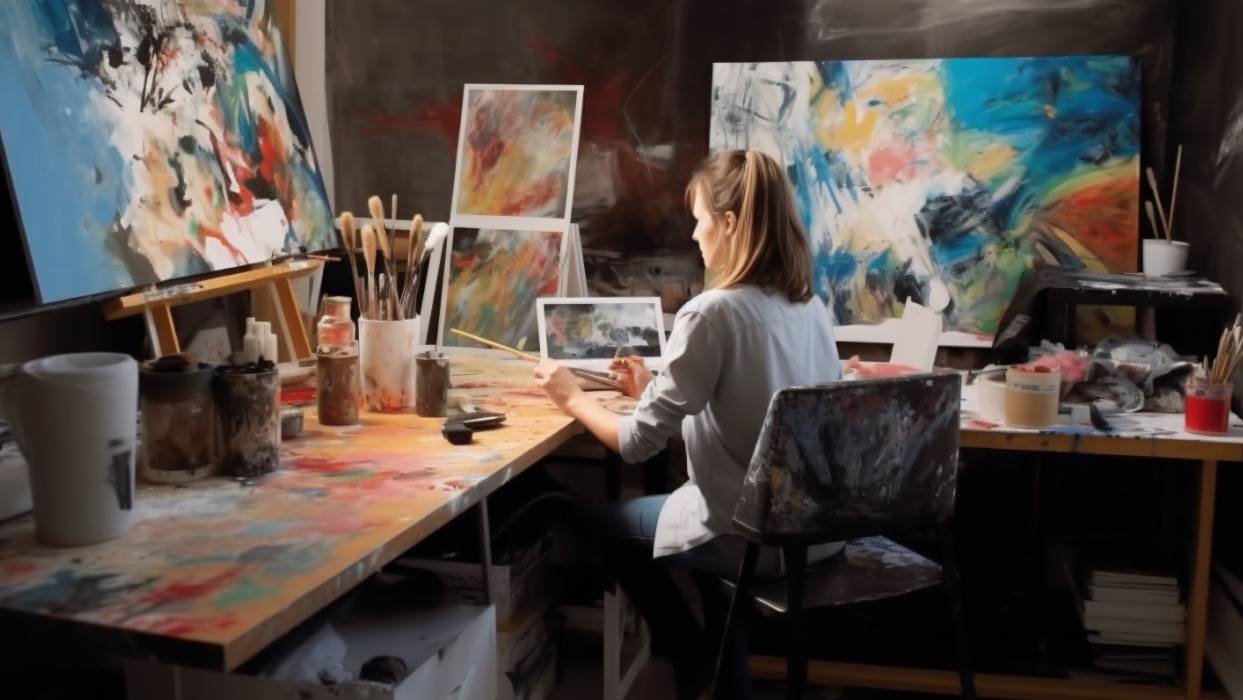
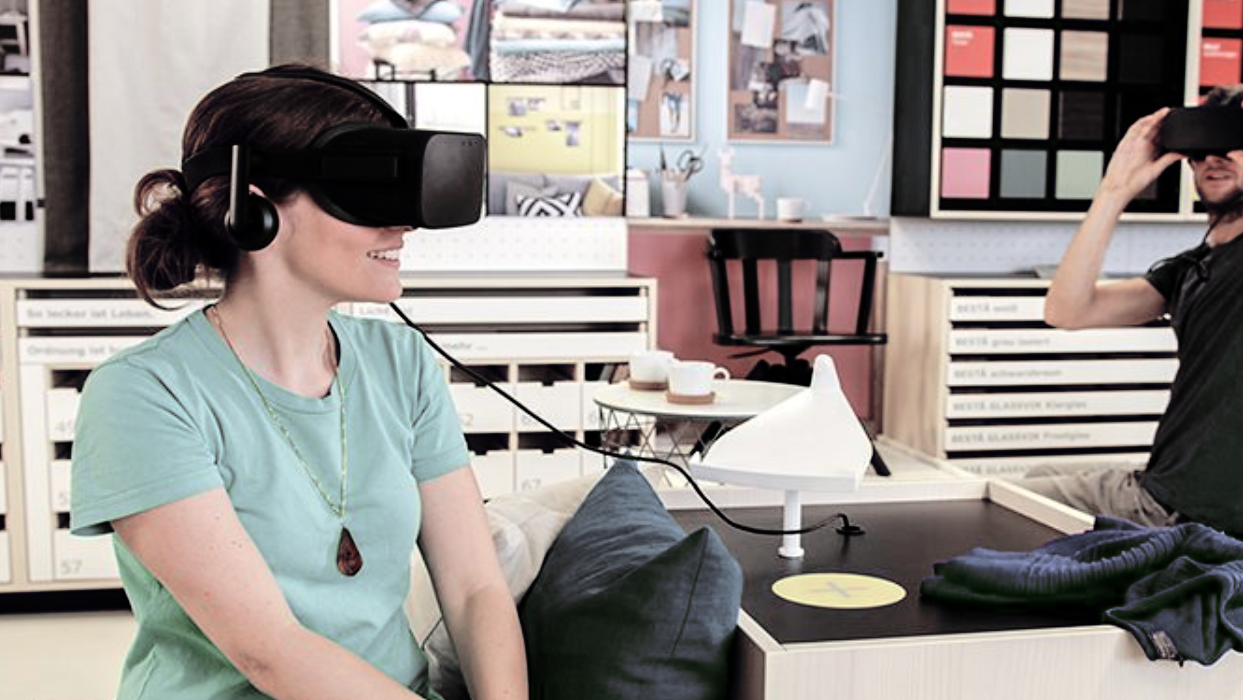
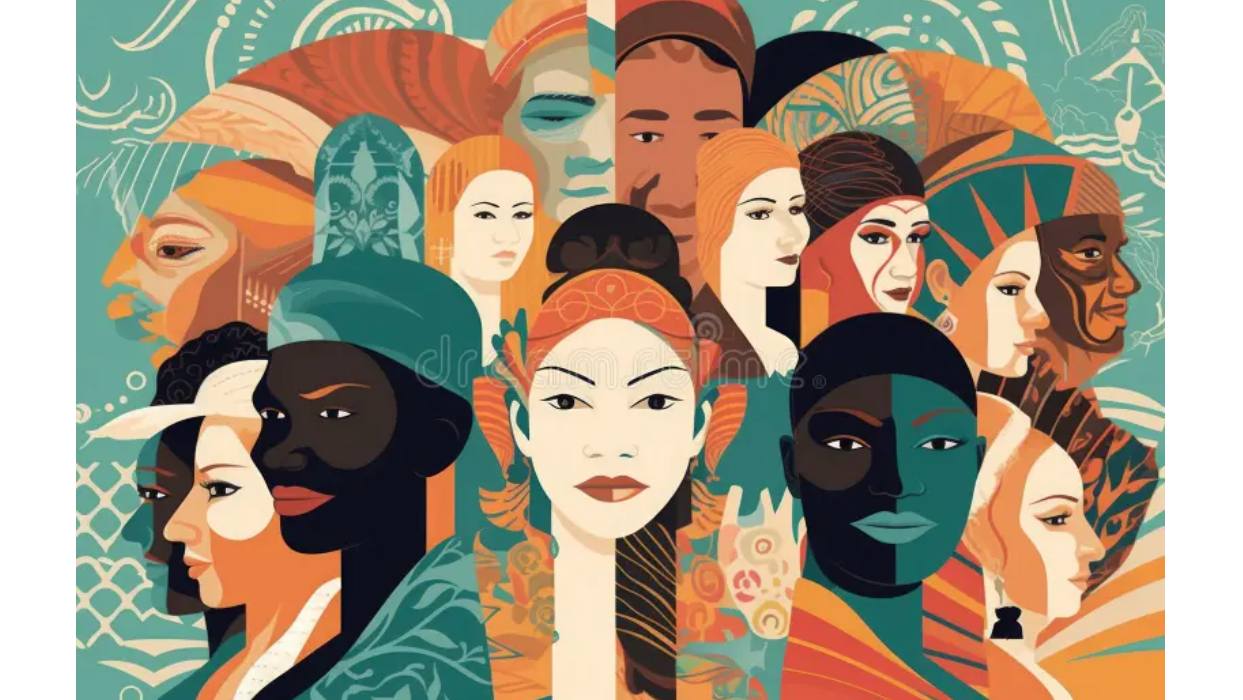

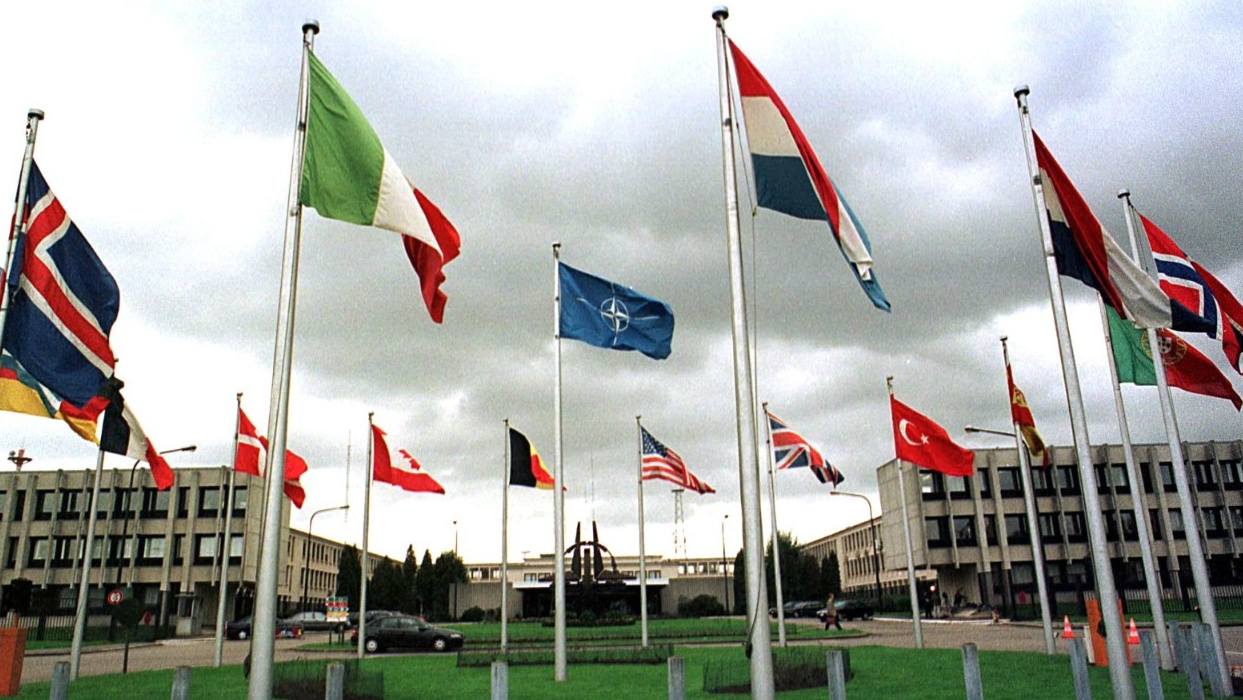




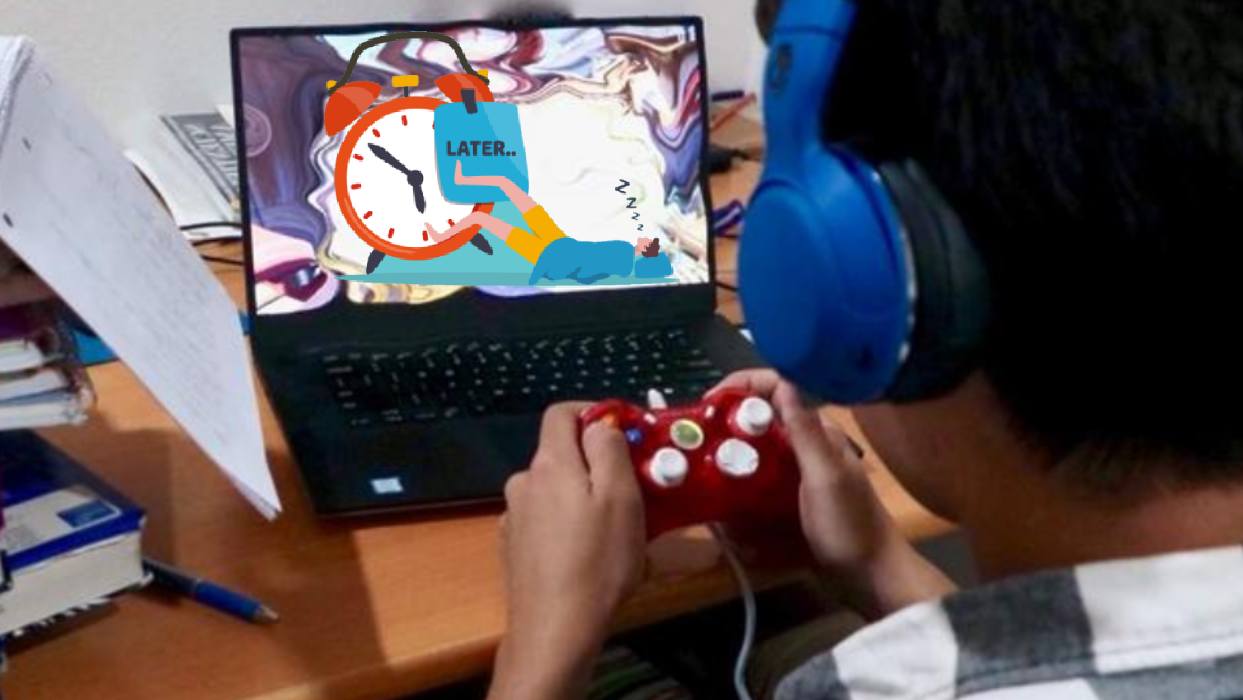
Leave a Reply